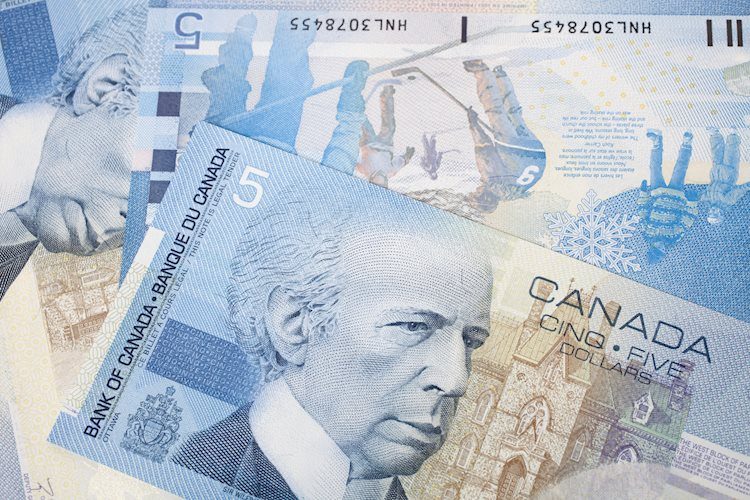EUR/CAD has been trading steadily in the middle of an 11-week range as both the Euro and the Canadian Dollar face similar negative fundamentals. The central banks of both regions are expected to slash interest rates towards the end of 2024, which is not only a negative for both currencies but also a key reason why the pair is unable to gain directionality. As both the European Central Bank (ECB) and the Bank of Canada (BoC) are cutting rates, capital tends to flow to where it can earn more, leading neither the EUR nor CAD to particularly outperform the other.
In the recent October meeting, the BoC cut its official interest rate by 50 basis points, sparking negative repercussions for the Canadian Dollar against most pairs. However, the effect was relatively muted against the Euro, with EUR/CAD actually closing marginally higher on the day. The potential for the ECB to cut interest rates below the neutral rate is intensifying speculation that they might also make more aggressive cuts in their December meeting. This has led to markets pricing in a higher probability of a 50 basis point rate cut, driving speculation and uncertainty within the Eurozone.
Eurozone data released in October showed that despite some improvements in manufacturing activity, it was still in contraction territory. The employment component also dropped below 50, posing a risk of rising unemployment. The ECB’s Chief Economist has indicated that wage inflation is likely to remain elevated, potentially preventing the ECB from making aggressive interest rate cuts before 2025. On the other hand, Germany’s IFO Business Climate Index showed a higher than expected reading, providing some reassurance for the German economy and potentially boosting EUR/CAD.
Aside from monetary policy considerations, factors such as the upcoming US presidential elections and lower Crude Oil prices are weighing on the Canadian Dollar and favoring the Euro. The increased chances of President Trump winning the election and the possibility of imposing tariffs on Canadian imports could weaken the CAD. Furthermore, the uncertainty surrounding the future of the free trade deal among the US, Canada, and Mexico could add pressure on the Canadian Dollar. Trump’s slight lead in key swing states and the betting odds in his favor are also influencing the market sentiment.
Overall, the EUR/CAD pair remains range-bound due to the similar negative fundamentals faced by both the Euro and the Canadian Dollar. The monetary policies of the ECB and BoC, the upcoming US election, and lower Crude Oil prices are key factors driving the direction of the pair. Speculation surrounding potential ECB rate cuts, the German economy’s performance, and uncertainties related to the US election all contribute to the current trading environment for EUR/CAD. Traders and investors are closely watching these developments to gauge the future direction of the pair and position themselves accordingly in the forex market.











